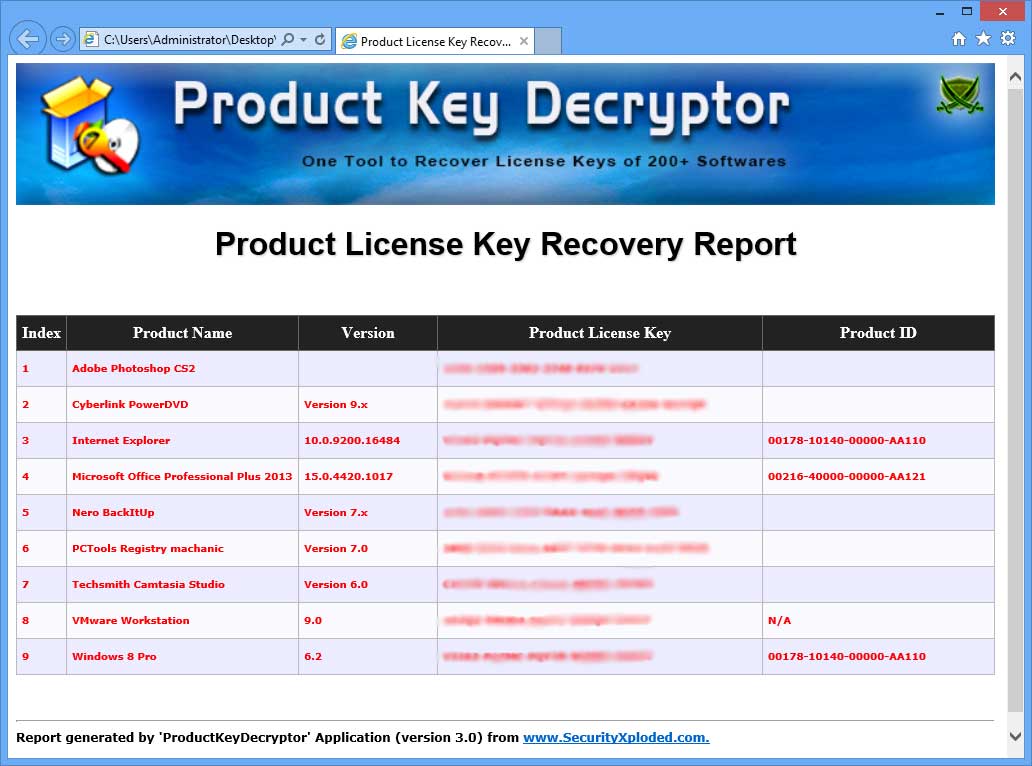


Either or both can lead to verbal discussions, depending on client needs and the therapist's orientation. Active music therapy engages clients or patients in the act of making music, whereas receptive music therapy guides patients or clients in listening or responding to live or recorded music. Two fundamental types of music therapy are receptive music therapy and active music therapy (also known as expressive music therapy). 15 Military: Active duty, veterans, family members.14.10.4 Board Certification Examination in Music Therapy.14.2.2 Music Therapy in modern times - An allied health profession.14.2.1 Music for healing in ancient times.13.1.2 Music therapy: 17th - 19th century.12.1 Cultural considerations in music therapy services, education, and research.4 Influence of music teachers' work with children on music therapy.2.1 The Bonny Method of Guided Imagery and Music.The National Institute for Health and Care Excellence (NICE) have claimed that music therapy is an effective method in helping individuals experiencing mental health issues, and more should be done to offer those in need this type of help. Studies on patients diagnosed with mental health disorders such as anxiety, depression, and schizophrenia have shown a visible improvement in their mental health after music therapy. One study found that children who listened to music while having an IV inserted into their arms showed less distress and felt less pain than the children who did not listen to music while having an IV inserted. Music therapists use their techniques to help their patients in many areas, ranging from stress relief before and after surgeries to neuropathologies such as Alzheimer's disease. Benefits of music therapy include improved heart rate, reduced anxiety, stimulation of the brain, and improved learning. Daniel Levitin, "Singing and instrumental activities might have helped our species to refine motor skills, paving the way for the development of the exquisitely fine muscle control required for vocal or signed speech.” Įvidence suggests that music therapy is beneficial for all individuals, both physically and mentally. Music therapy is distinctive from Musopathy, which relies on a more generic and non-cultural approach based on neural, physical, and other responses to the fundamental aspects of sound. There is a broad qualitative and quantitative research literature base for music therapy. Music therapy is used in medical hospitals, cancer centers, schools, alcohol and drug recovery programs, psychiatric hospitals, nursing homes, and correctional facilities. Some common music therapy practices include developmental work (communication, motor skills, etc.) with individuals with special needs, songwriting and listening in reminiscence, orientation work with the elderly, processing and relaxation work, and rhythmic entrainment for physical rehabilitation in stroke survivors. Music experiences are strategically designed to utilize the elements of music for therapeutic effects, including melody, harmony, key, mode, meter, rhythm, pitch/range, duration, timbre, form, texture, and instrumentation. Music therapists use music-based experiences to address client needs in one or more domains of human functioning: cognitive, academic, emotional/psychological behavioral communication social physiological (sensory, motor, pain, neurological and other physical systems), spiritual, aesthetics.
#REMO RECOVER 4.0 LICENSE KEY FREE PROFESSIONAL#
Music therapy, an allied health profession, "is the clinical and evidence-based use of music interventions to accomplish individualized goals within a therapeutic relationship by a credentialed professional who has completed an approved music therapy program."


 0 kommentar(er)
0 kommentar(er)
